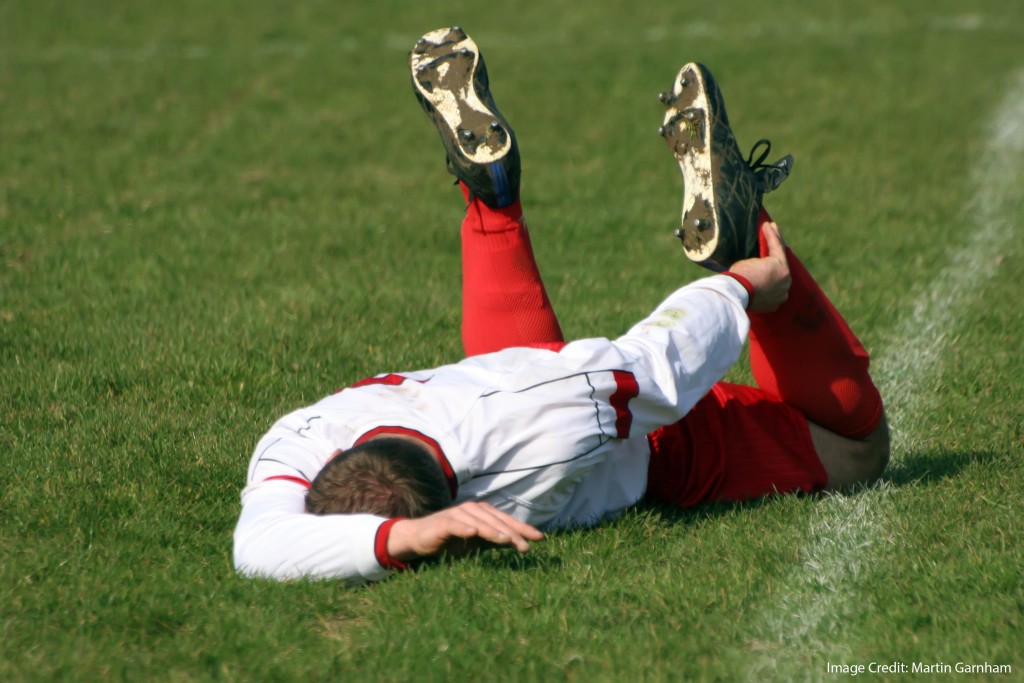If you’re interested in brains, then you’re almost certainly worried about concussions.
Stories about professional athletes have made these concerns especially vivid. When we see yet another story about a Wheaties-box sports star changed beyond recognition by multiple concussions, we worry about sportsy students in our own schools. And families.
(By the way: data about sports concussions reveal many surprises. Girls playing soccer are in greater danger of concussion than boys playing football. The sports that have seen the greatest increase in concussions in the last decade? Boys’ baseball and girls’ volleyball. Yes: volleyball.)
Today’s News: Actors and Concussions
Recent research suggests that the dangers of concussions go well beyond the hockey rink.
A survey of theater professionals shows that 67% of them had at least one concussion during their careers. Almost a third of them report 5 concussions.
That’s a very troubling number. Each concussion can cause more damage than the previous one, and even two concussions raise the possibility for long-term damage.
Just as troubling: what happened next. Most of the theater pros kept going; almost half didn’t even report what happened.
Clearly, in theater as in sports, professional culture tells adults to play through the pain. If that culture seeps down into schools, it could produce real problems.
Of course, this survey looks at theater pros, not amateurs. I haven’t been able to find data about dangers to younger actors.
At a minimum, this research should prompt us to recognize concussions in places we might not have looked for them.
Arachne’s Example
In 2010, Natalie Mendoza played a leading role in the Broadway production of Spiderman: Turn Off the Dark. While starring as the villain Arachne, she was struck in the head by a rope backstage and suffered a concussion.
What did she do next?
She finished the Sunday performance. And she played Wednesday evening as well.
And then: she left the show.
Rather than risk her brain health further (in a remarkably athletic role), she left a choice Broadway role.
Our theater students should know Mendoza’s example. A starring role on Broadway can be the pinnacle of a career. But that career won’t mean much if it fundamentally disrupts the brain.





